Episode #33 - E17's coming up roses
3-16 May: Apricots, new asparagus and the return of the roses.
April’s tulips are all over, gone for another year. Apricots have arrived in force, there’s a new asparagus bed and an explanation of why we grow posh climbing roses on an allotment. Plus an exhibition at the British Library.
Plants & Practice is a reader-supported publication, free to everyone. If you’ve already subscribed - hurrah! and thank you! - a new episode should pop into your inbox roughly each week. If not, click to enter your email here and join the allotment gang.
The Plot Shot
If you’ve been reading along here at Plants and Practice, you’ll remember that back in late March I got very excited about the amount of blossom on our two ‘Tomcot’ apricot trees. We had high hopes of exceeding last year’s total crop of fifteen ripe apricots from both trees. Well, here we are in mid-May, and it is looking like a bumper year.
Both trees are bent over with the weight of fruit. There are single branches which have more than fifteen fruit on them. I know I should thin them out, and then bag the ones left to stop them being pecked by birds as they ripen, but the sheer size of the task (and the lack of a sturdy orchard ladder) is putting me off. The abundance is stunning.
(Technical note: there are usually a *lot* of photos, mainly mine, in this post, and it might not all fit on your email. Hitting the View Entire Message button at the end should sort this out, as will reading via the app or online versions of Substack.)
Plot work in progress
With a big Ta Dah! the new asparagus bed is finally planted. After several years thinking about it, it actually exists. I’ve planted new crowns on ridges of fresh compost and planted between them with strawberry runners, which will like the sunny position of the bed as much as the asparagus.
The strawberries all look wonky in this photo, but they’ll sort themselves out with light and regular watering. They’ll be much happier here than shaded by berry bushes at the front of the plot. I’m super pleased to have a new bed and extra growing space for a new crop which is expensive to buy.
Harvesting soon
No new produce to harvest1, but more things are showing promise, including these figs. The tree is putting all its effort into fruit, and had hardly any leaves.
The rhubarb is also looking good. There’s go to be at least a crumble’s-worth there.
E17 Local Heroes
Now that 2025’s tulip mania is over, it is the turn of the roses. Yes, yes, I know that a collection of (largely) David Austin climbing roses (DARs, darling) isn’t the usual fare on an urban allotment in Walthamstow - let’s not set off the spud and cabbage brigade on another moan. I’ll explain.
When we first took on the plot, it hadn’t been cultivated for some years. There was one old (mouth-twistingly sour) bird cherry tree on one corner, a few scruffy redcurrant bushes, swamped by one fallen branch of the cherry, and a broken-down compost bin with a fox still in residence. The ten rods were either rough couch grass or shoulder-high in brambles, probably dating back to the founding of the site in 1850. There was a fortress of Victorian bramble. Once the fortress had been cleared and dug out, the grass brush-cut down, the plot was bare. Promising it was not. In fact, its best (only?) feature was the shared mains-plumbed dip tank at the front of the plot, shared with three other plot neighbours. At least there was a water supply.
Keen to get some height, colour, shape and shade into the scheme of things, I went for a few (four) roses to get things going. I’d done a bit of research and went for old, open bloom roses, hoping the colour of the flowers would attract pollinators to the plot. I had the idea that climbing roses would signal for bees and other insects to come and help pollinate my future fruit trees and eat the aphids off of my vegetables. I did at least have a motive and a plan.
Several years on, more roses, and more arches to house them, have arrived. I started with four, the Les Grand Dames still to be introduced here, and we added more when we had to vacate another plot (a story for another post). So here they come. The first three to bloom are here in this post: ‘Maigold’, ‘Gertrude Jekyll’ and ‘Madame Alfred Carrière’, all putting on their best poses in photos above. There will be more.
Community of Practice
Thinking hard after the last post about what allotments are, what growing spaces are and mean to people, I took myself to new ‘Unearthed’ exhibition at the British Library. It is on until 10 August. Not a big blockbuster exhibition like some at the British Museum or the V&A, but thoughtfully curated and well worth the £15 entrance fee and an hour or so of your time if you’re stuck waiting for a train from Euston or St. Pancras stations.
The exhibition describes what it calls the power of gardening:
From beautiful botanical illustrations to the world’s oldest mechanised lawnmower, ancient herbals to guerrilla gardening zines, Unearthed reveals how gardeners have cultivated more than just plants – they've sown the seeds of change.
There are exhibits about gardening’s positive contribution to human health and wellbeing, its role in local grassroots communities, but the exhibition doesn’t shy away from botany’s challenging roots in empire and colonialism. British botanists and gardeners haven’t always moved plants across the world to create beautiful gardens - many were moved for profit, for the enrichment and expansion of the British Empire.
But there’s a lot in Unearthed about the power of growing to make change, and the importance of growing and gardening, as activities of creativity and community in the world. I can’t fix a lot about the world, but I can make one allotment plot productive, beautiful and useful. That’s it for me.

Fox News
We are at the point in the fox calendar where the year’s new cubs are starting to come out of their dens and play. Typically the first out are the girls of the litters, always the boldest and keenest to explore the world. We can hear this happening in the wilder, uncultivated areas of the site, where there are bouts of high-pitched excited squeaking and plants rustling.
Sadly, a pair of cubs, probably not more than a day or so out of their den, tangled themselves in nylon netting on an abandoned plot. They were trapped for some time, the netting tightening as they struggled to free themselves. The nearest plot holders heard the noise of the cubs calling, but initially did nothing. Unfortunately, by the time two of our gang were alerted the next day, one of the cubs was already dead, strangled by the netting. The second was badly tangled, but was still strong enough to nip its rescuers, before scampering back to its den. One saved, but too late for the second, a pale-furred girl. Then another cub was found dead on another part of the site. Both were buried, neither having had much life at all.
I know not everyone likes foxes. They are wild animals - some people are scared of them. They get a bad rap in cities for dumpster-diving outside chicken shops and raiding food waste bins, but we’ve got to know them on the allotment site and they are part of the landscape. It was just sad to lose two new babies we hadn’t met yet.
Until next time,
Ang
No additions, plot tally stands at £17.15 for the growing year to date.




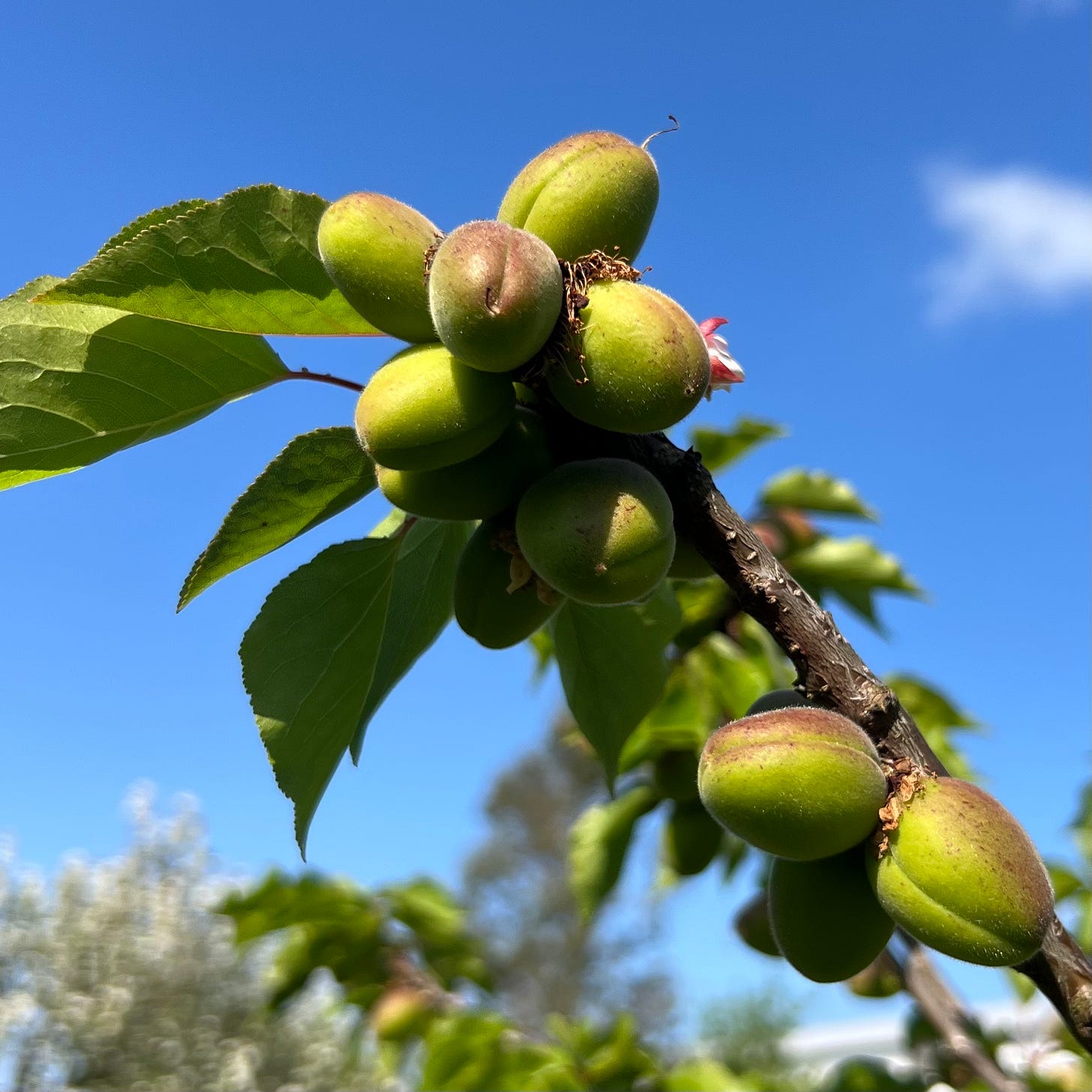
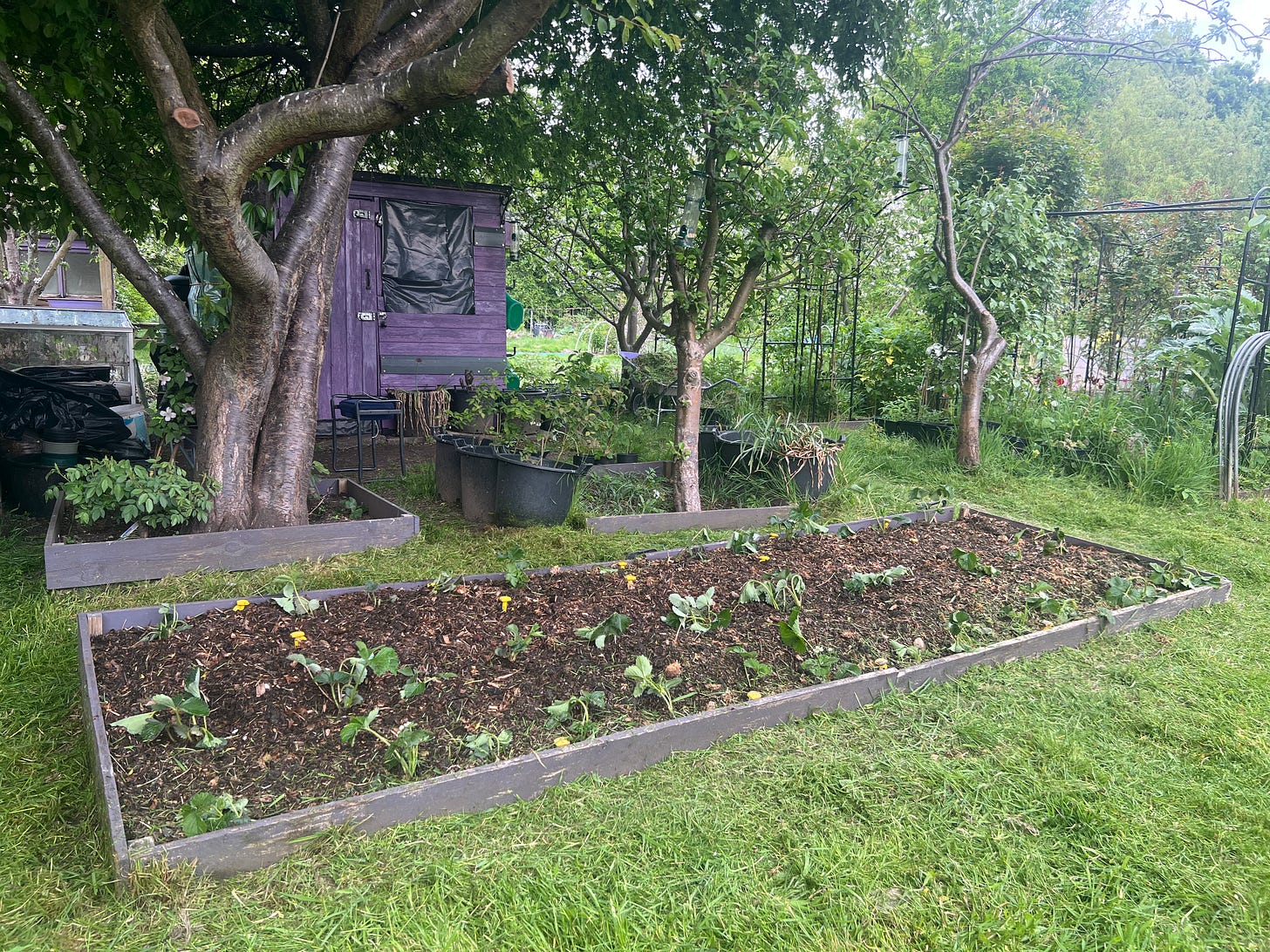
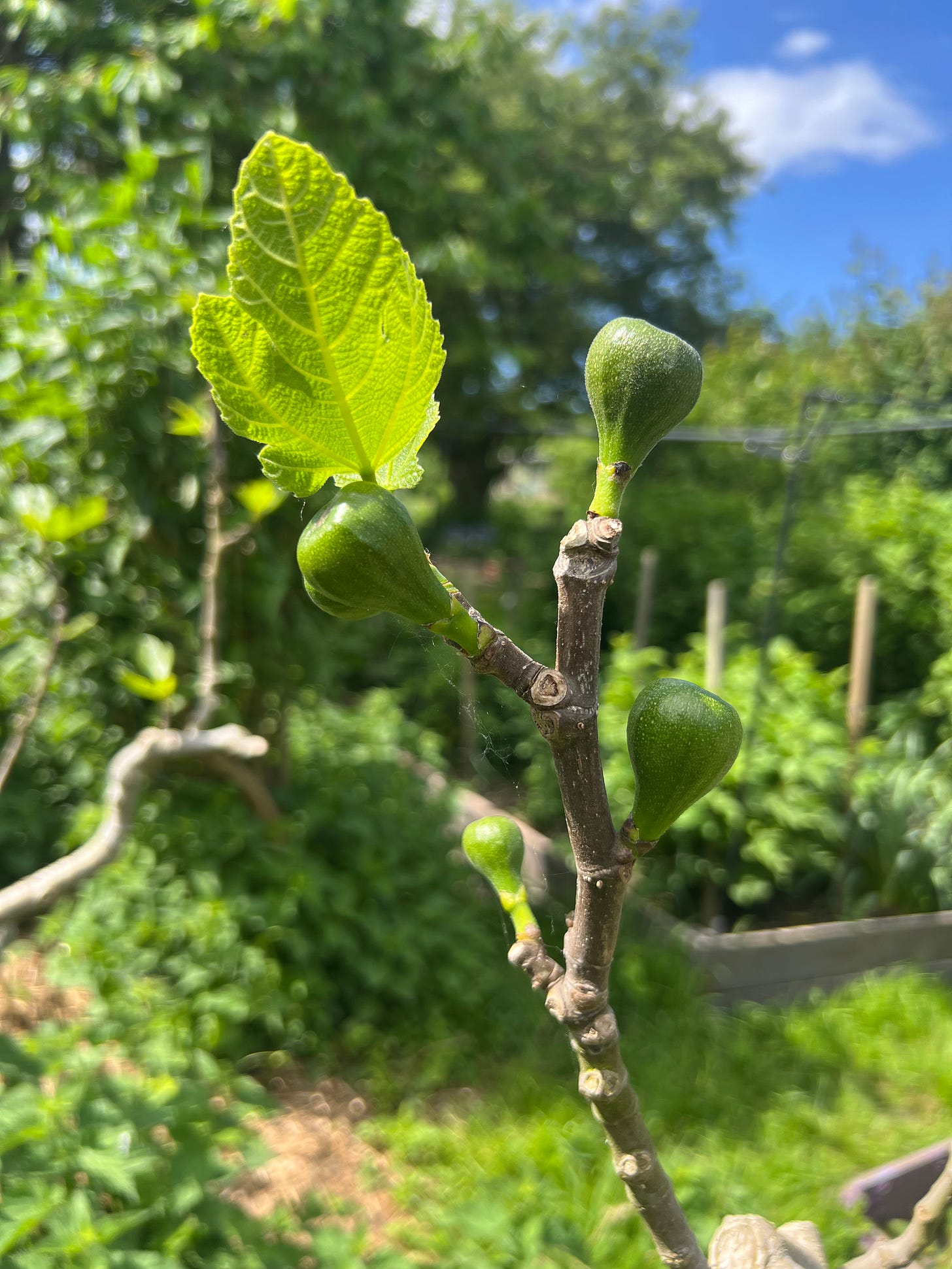
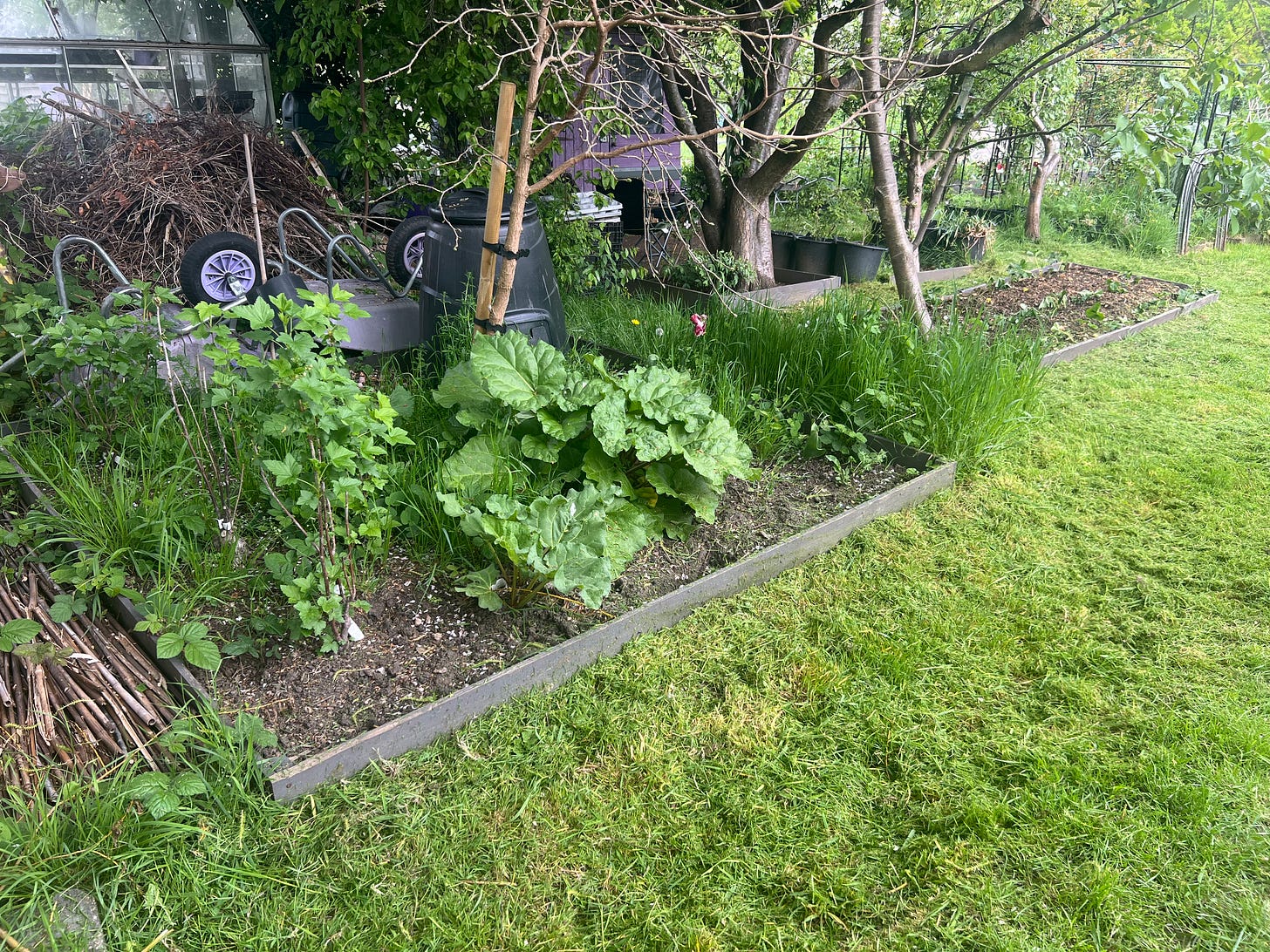
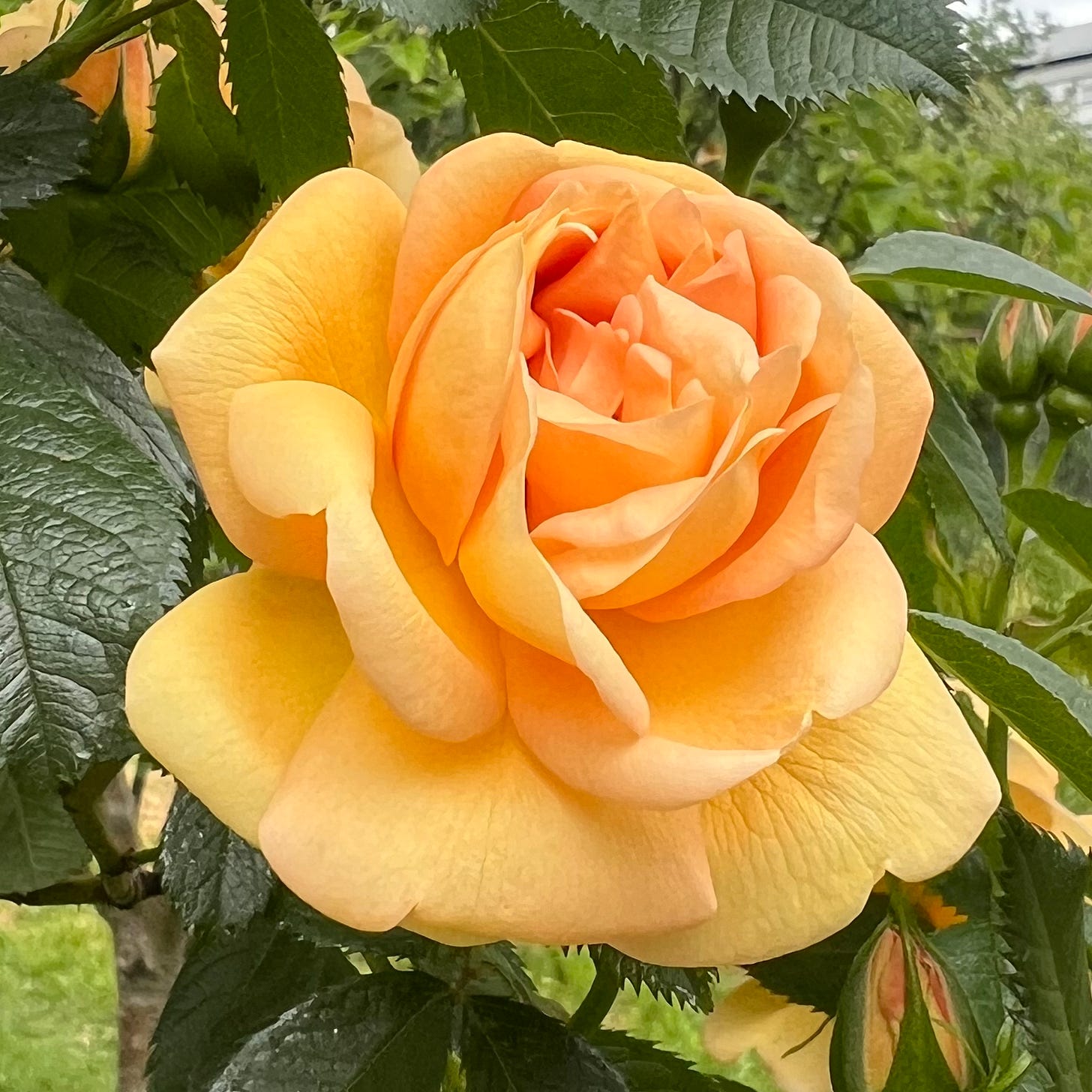
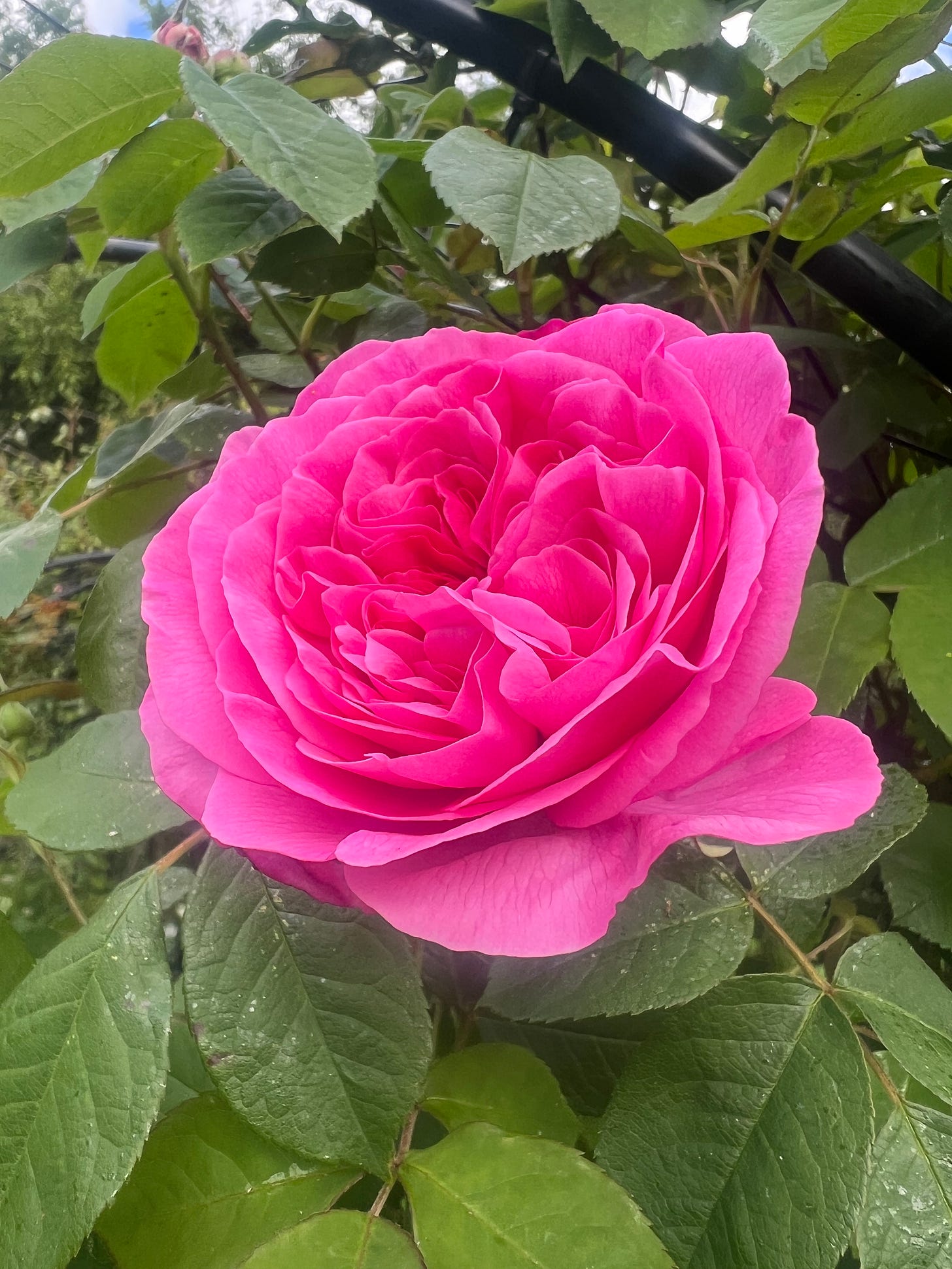
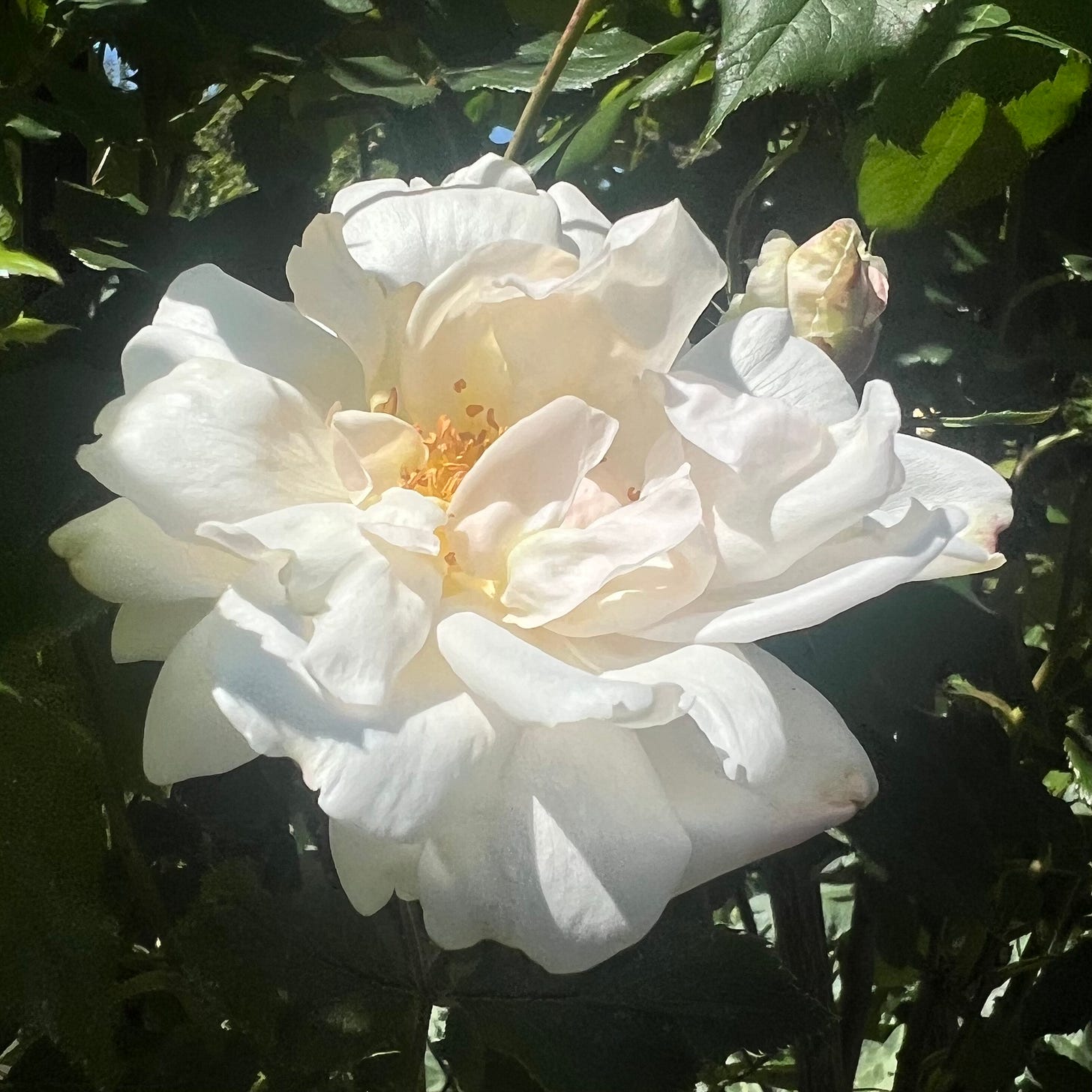

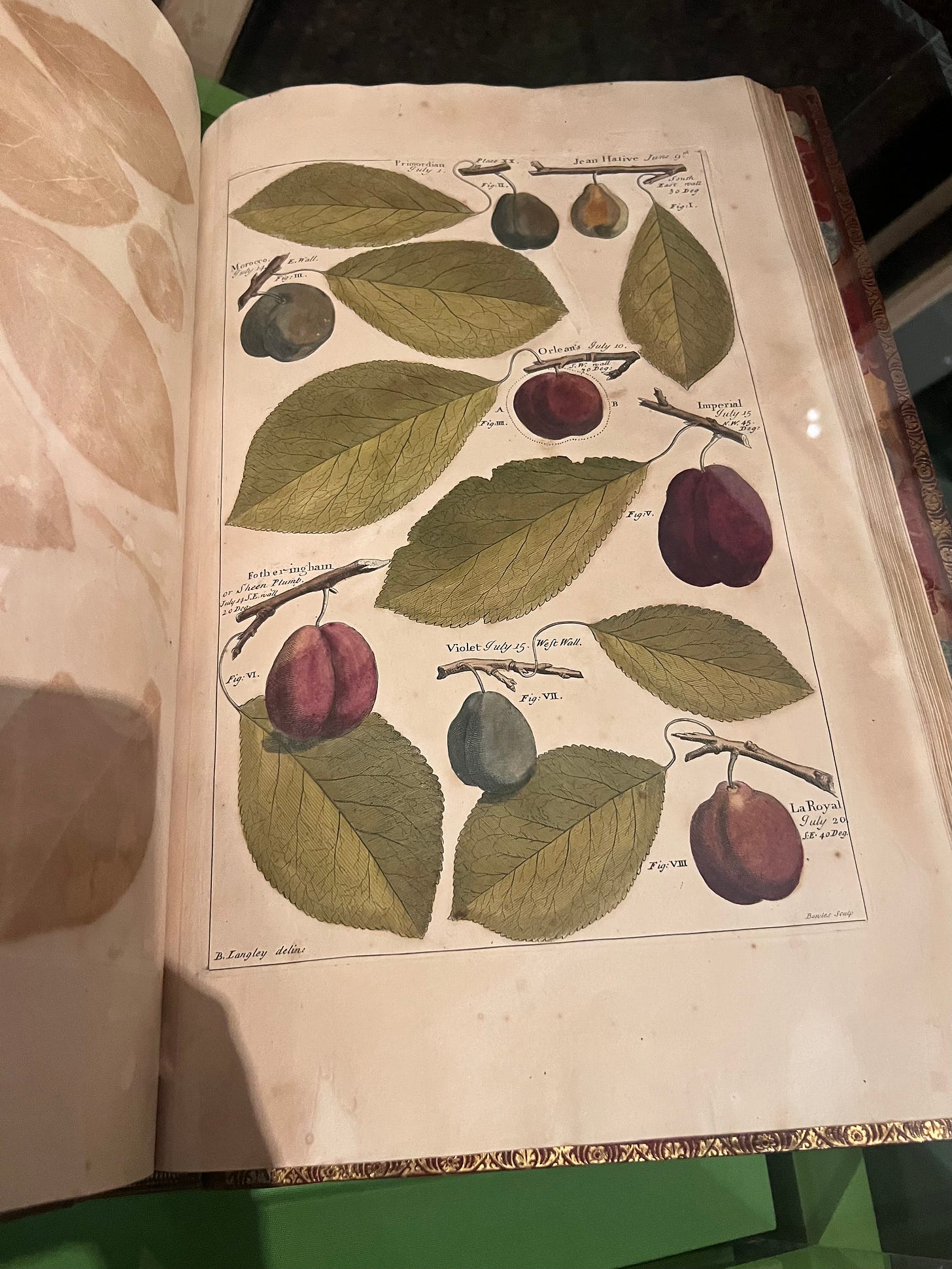
I love the description of those cherries as ‘mouth-twistingly sour’. Definitely want to go and see that exhibition, I adore that poster, thanks for the info.
Oh poor baby fox 😔I don’t care what one thinks of foxes seeing any living thing suffer is terrible. Hooray that one was saved.